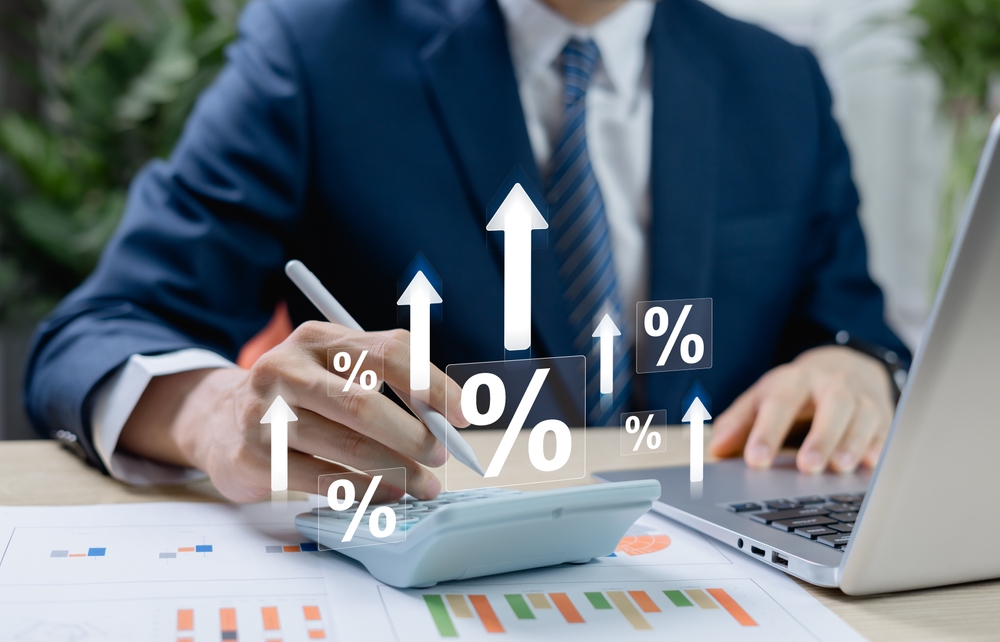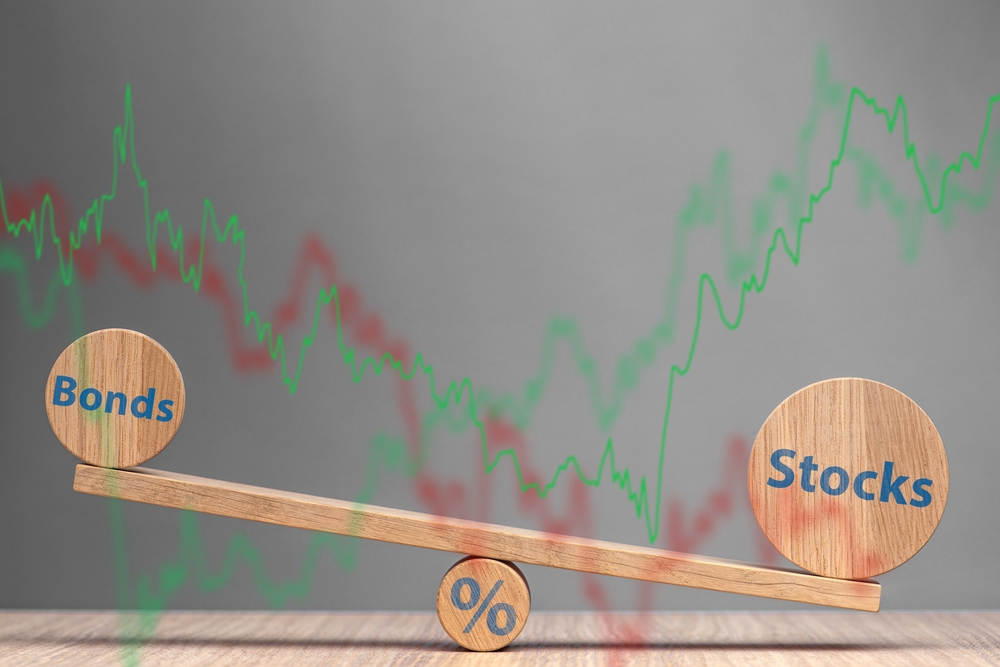
Investing is not just about the numbers you see on your statement. Real success depends on how well your money can hold its value and grow over time as prices and living costs change. This article will guide you through the key concepts that help you understand what your returns truly mean.
What Is a Nominal Return?
Nominal return is a basic indicator of an investment’s performance. It expresses the percentage gain without accounting for inflation or other economic factors. It shows how much the value of the investment has changed in numerical terms, but not in terms of real purchasing power. The calculation is straightforward:
Nominal Return = (Final Value of Investment – Initial Value of Investment) / (Initial Value of Investment)
For example, if an investor puts in €1,000 and ends up with €1,050 after a year, the nominal return is 5%. This figure shows that the investment increased by €50, but it says nothing about what that money actually means in real terms when inflation is taken into account (you can learn more about how inflation works in our previous article).
What Is a Real Return?
While the nominal return shows only the numbers, the real return reflects how much your purchasing power has actually increased after accounting for inflation. The formula for calculating the real return is:
Real Return = (1 + Nominal Return) / (1 + Inflation) – 1
If an investment achieves a nominal return of 5% and inflation is 3%, then the real return is 1.94%. This means that although the investment grew by 5%, its true benefit after inflation is less than 2%. Inflation “eats away” part of the profit — and if it exceeds the nominal return, the real gain becomes zero or even negative. That’s why it’s important for investors to track not just the growth of their money but also its real value.
Why Monitoring Inflation Matters
Inflation is often called the silent enemy of investors. It acts subtly, but its consequences can be significant. Over time, it reduces the purchasing power of money — and thus the real value of savings and returns. For example, €10,000 in a regular account with a 0.5% interest rate, while inflation is at 3%, means that your money is “growing” nominally, but its real value is actually decreasing by about 2.5% per year.
Fixed-income bonds can become less attractive during periods of high inflation compared to stocks or commodities, which can better respond to rising prices. Historical examples confirm this: in the 1970s in the United States, soaring inflation eroded the fixed returns from bonds, while investors in real assets such as gold or real estate managed to maintain or even increase their purchasing power. That’s why keeping an eye on inflation is crucial — it determines whether your money is growing, stagnating, or quietly losing value.
How to Protect Your Portfolio
Inflation cannot be completely eliminated, but you can defend against it with the right strategy and portfolio diversification. A sensible distribution of investments across different asset classes helps mitigate its impact (for more tips on how to set up your investment portfolio properly, check out our previous article). In addition to proper allocation, it’s also essential to regularly evaluate the real return of your portfolio and maintain a long-term investment horizon, as the cumulative effect of inflation becomes most pronounced over time. By combining these strategies, you can not only lessen the impact of inflation but also ensure that your money truly works for you — not against you.
Summary
To wrap up, let’s recall the essence of the difference: nominal return shows how much your money “grows” in numbers, while real return reflects how much you can actually buy after accounting for inflation. This difference can significantly affect investment success, especially in long-term planning. Therefore, it’s vital to regularly monitor your real return and always consider inflation in your decision-making.
For more investment trends and useful tips, check out our previous articles on the AxilAcademy website.

He has been trading in the capital markets since 2002, when he started as a commodity Futures trader. Gradually he shifted his focus to equity markets, where he worked for many years with securities traders in Slovakia and the Czech Republic. He also has trading experience in markets focused on leveraged products such as Forex and CFDs, and his current new challenge is cryptocurrency trading.


